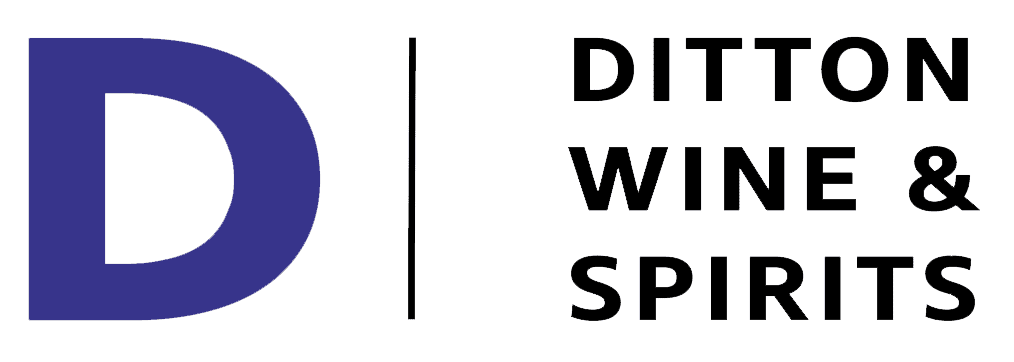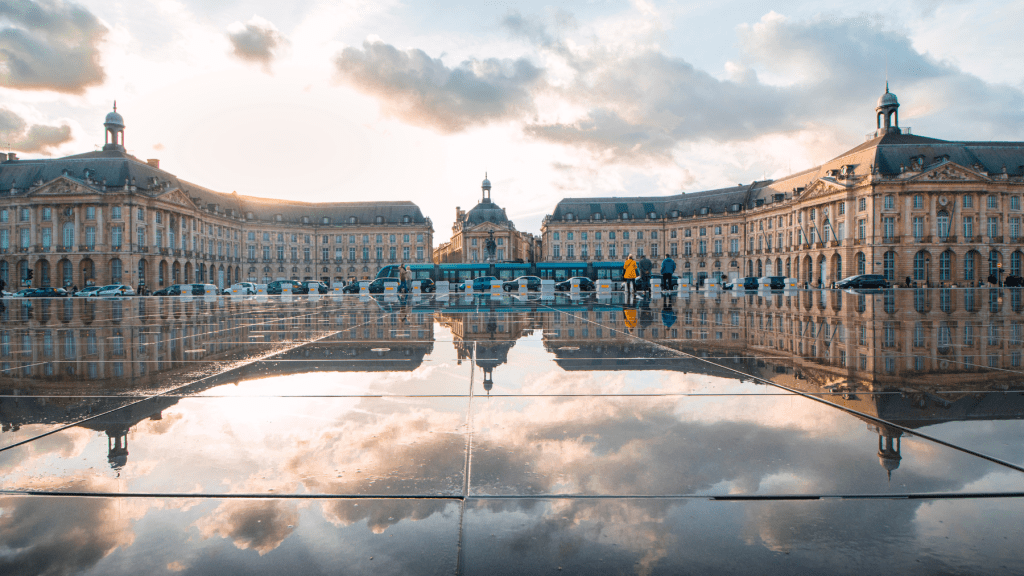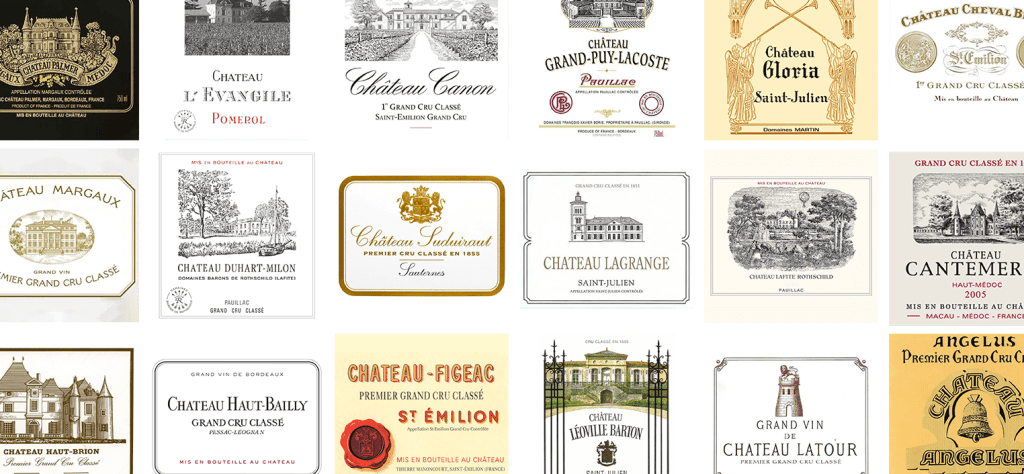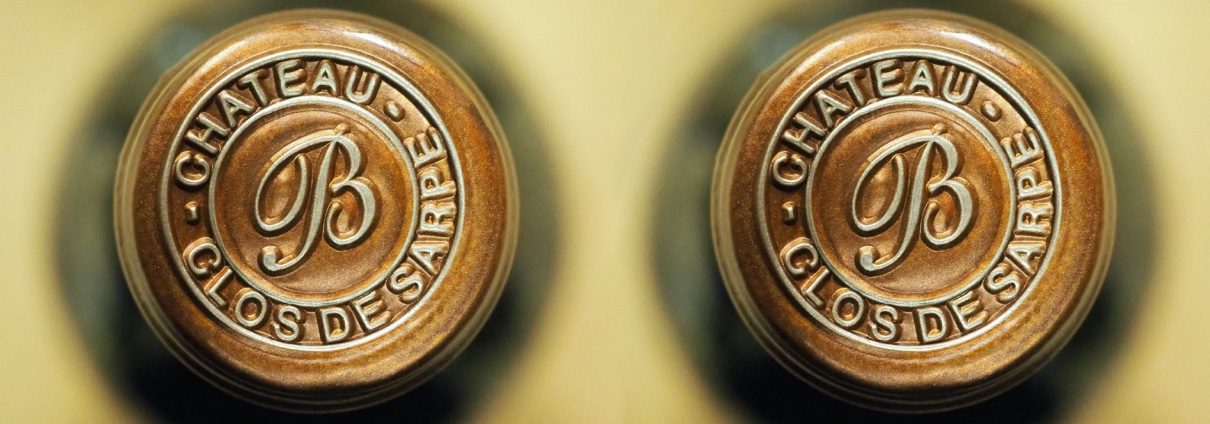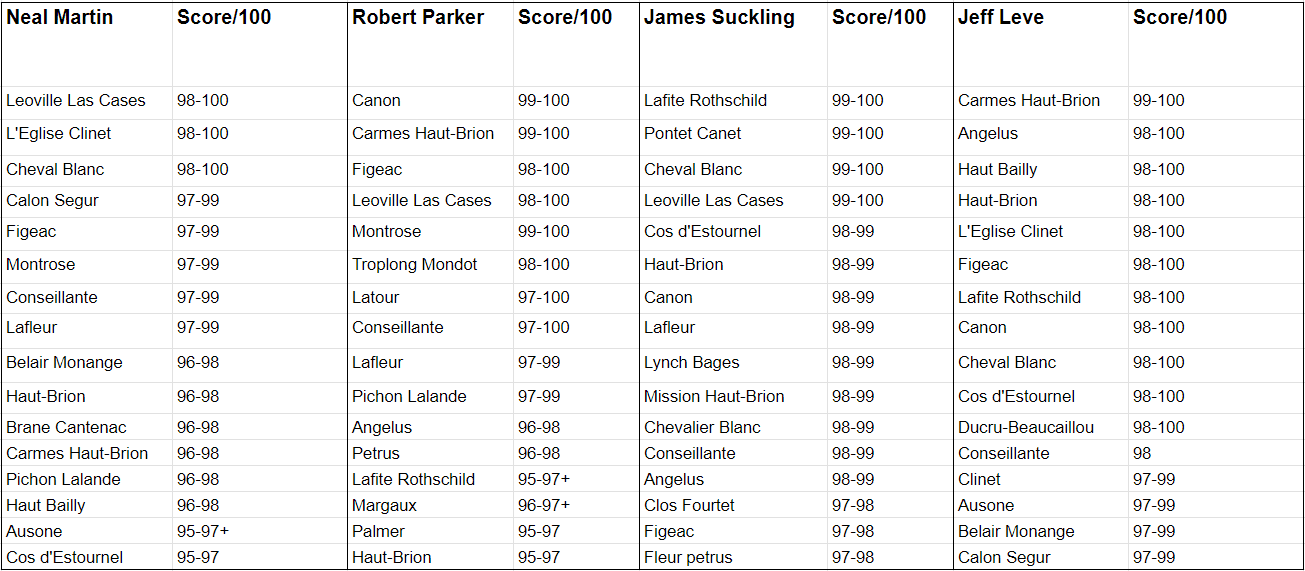Growing Season
Merlot & Cabernet Franc are said to look very promising, both displaying depth and richness with depth of character with concentrated fruit and fine aromatics. Cabernet Sauvignon is said to be showing excellent tannins (allowing for great ageing potential), and are intensely concentrated.
During the 2021 winter conditions were cool but dry and remained so as temperatures started to climb throughout the spring, allowing both an early and successful budburst and flowering. April brought on frost which saw temperatures plummet, although fortunate timing meant that vine growth avoided major damage. In June localised and severe hailstorms (the size of golf balls) contributed to cutting yields and whilst temperatures continued to rise and the hail passed, drought conditions started to set in. July was the driest since 1959.
From July onwards there was virtually no rain, instead heatwaves with temperatures of up to 40C with practically no rain from budbreak to harvest. Young vines and those Chateaux on less water-retaining soils suffered the most stress. Older vines with deeper root systems were more able to gain moisture from deep underground, or those with clay and limestone terroirs fared better. Given such circumstances, special permission for the irrigation of individual plants was permitted in Pomerol, St Emilion and Pessac-Leognan. In the vineyards, producers chose to green harvest cutting yields, helping to reduce the stress on the vines and to mitigate against sunburn. Night time temperatures however, were cool providing some relief enabling freshness and acidity in the fruit.
Due to the hot and dry conditions, wildfires raged throughout July and August. Fortunately, the topography of the region meant that vineyards escaped damage and given timings, grapes had already developed thick skins protecting the fruit. Harvest started early with fruits reportedly to be exceptionally fine.
- Both hot & dry growing season and a year of highs and lows -high temperatures, low rainfall.
- Night time temperatures were relatively fresh (helping lock in freshness), well below 2003 temperatures as another heatwave vintage.
- Fruit ripeness is on point, with good freshness, which will allow beautiful balance.
- In the vineyard, canopy management was pivotal helping the vines, reducing day time peak soil temperatures, as well as reducing water loss through transpiration.
- Harvest came early (at Cheval Blanc before the end of August -first time ever).
- Potentially high alcohol levels (around 14, 14.5 & 15%), but with compensating freshness.
- Vast Majority of red grapes harvested in September much like 2018, 2020.
- Already been judged by some as an exceptional vintage, with at least on par with 2018,2019
- Overall yields are down and similar to those attained in 2021. Typically lower in the Medoc due to the hail and intense drought on less water-retaining soils in Margaux, St Julien and Pauillac.
- Comparative vintages – 2009 for silkiness and high alcohol and 2011 for concentration of tannins. Other comparisons 2018,2005 & 2010
